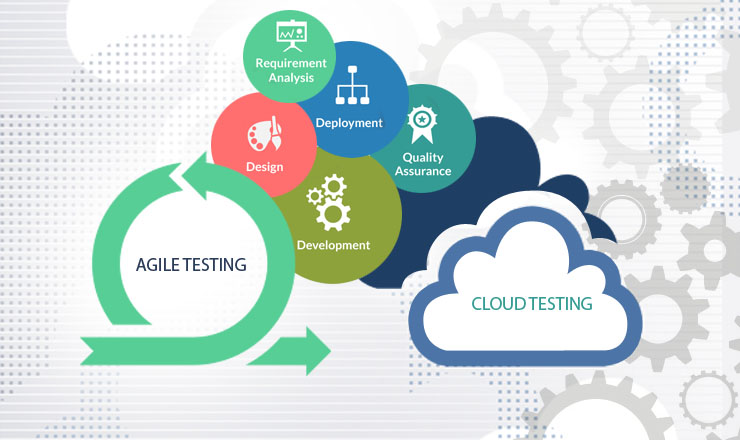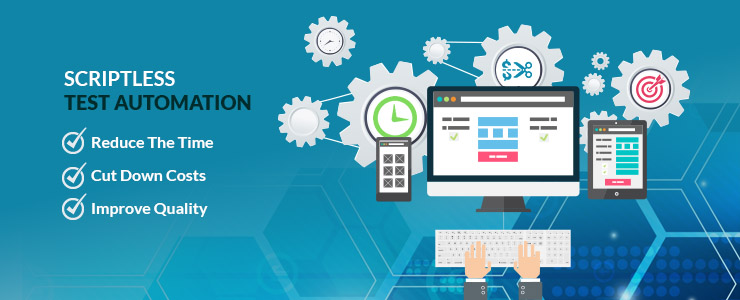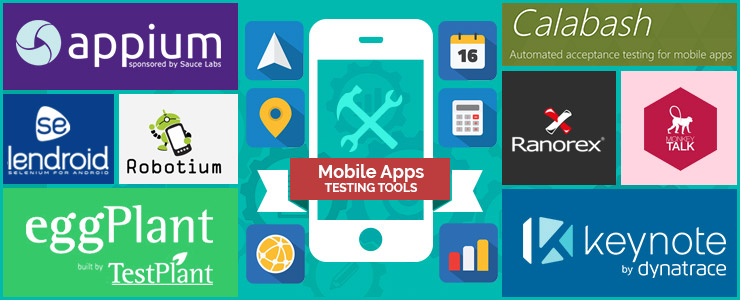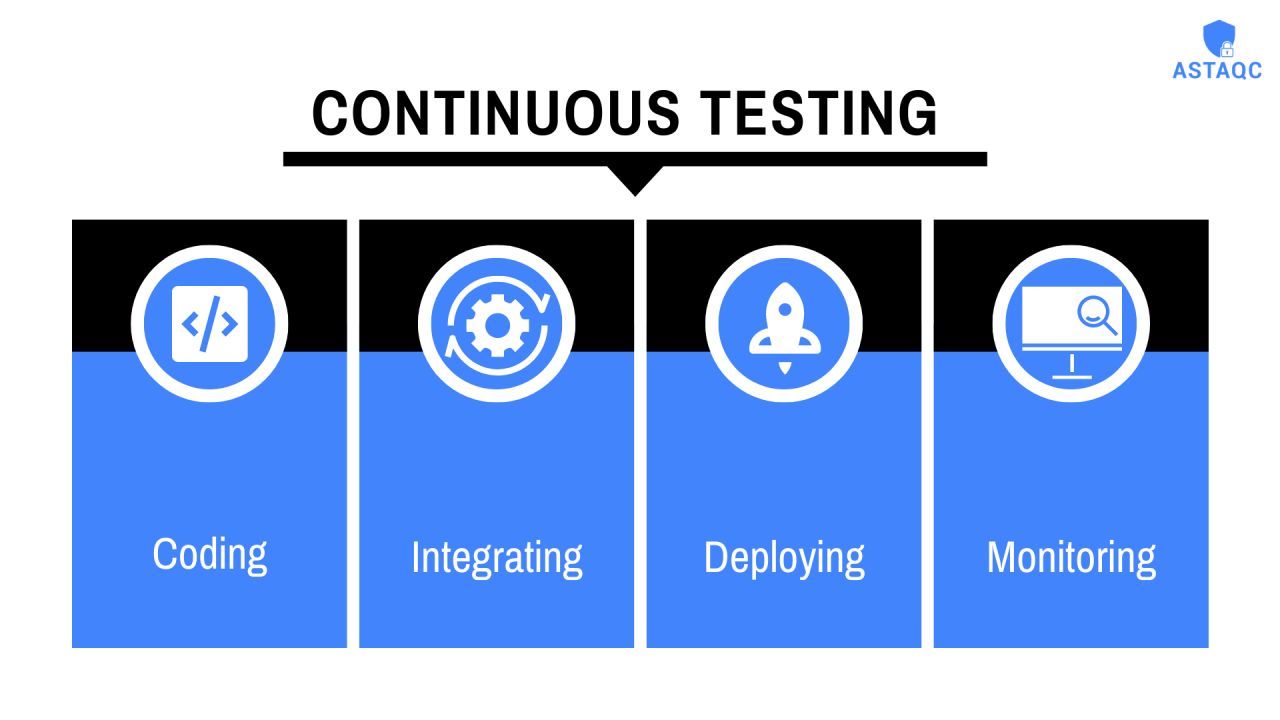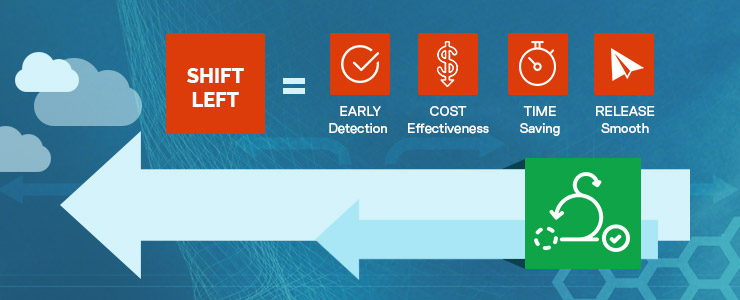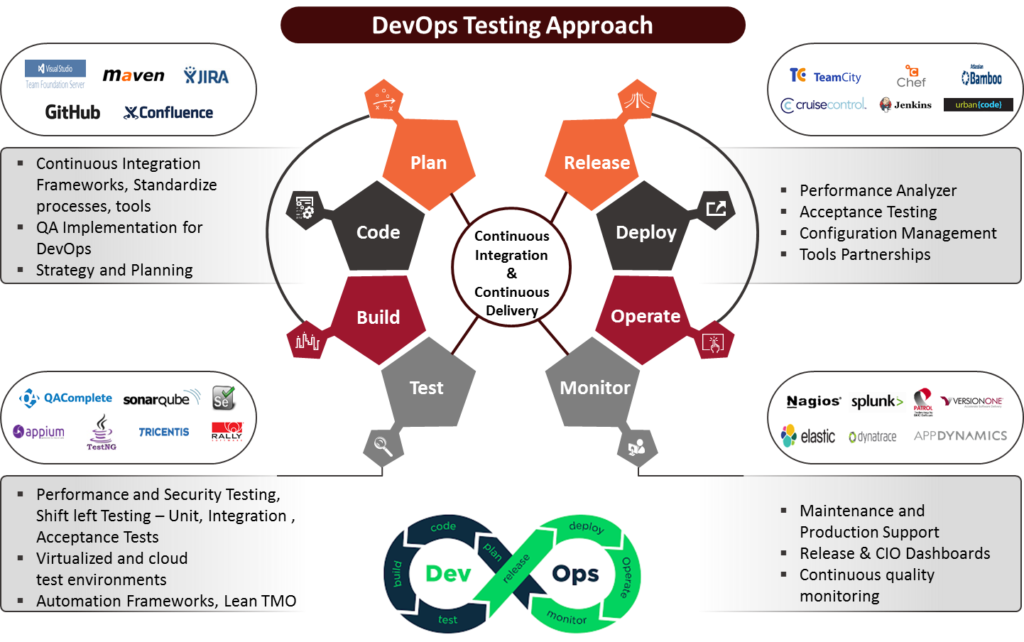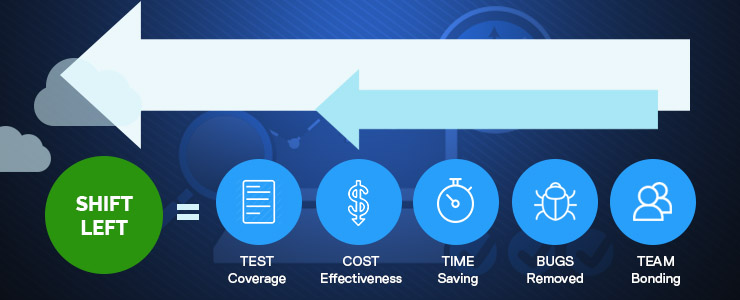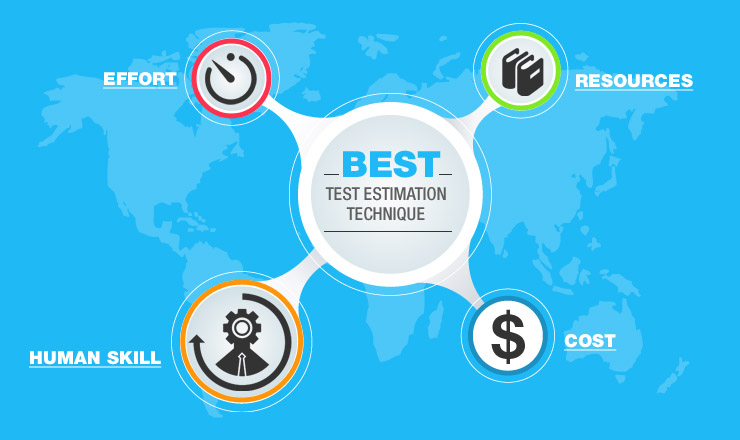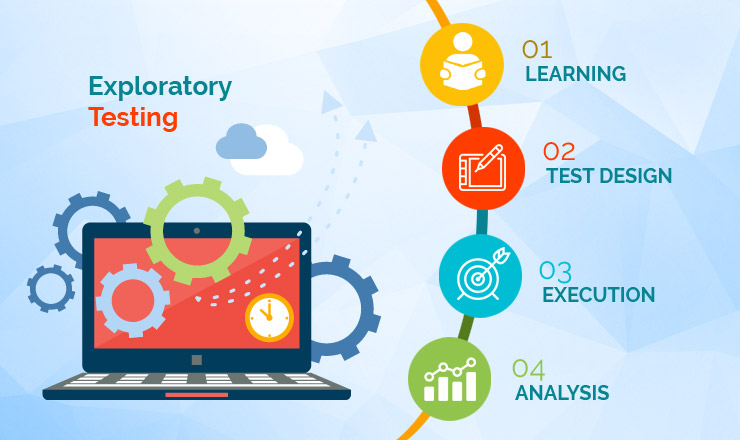In today’s highly competitive IT landscape, test automation e-bike has come to the forefront as it helps ensure quality and faster time to reach market. With Agile and DevOps giving a huge boost to test automation for continuous delivery, companies often wonder what tools they should use to automate specific processes in their IoT, mobile or embedded work. Since it’s impossible to find a single tool to meet all your test automation needs (such as automating your legacy, mobile, desktop and web applications), most companies use a combination of open source and proprietary testing tools. But it’s important to remember if you fail to choose the appropriate test automation framework, your chosen tools won’t be of much help.
Download Whitepaper: Automation Testing in an Agile Environment
Test Automation Framework vs. Test Tools
Test automation is often taken as a technical topic, where the focus stays on a variety of things – from programming language and specific test automation tools to evaluating the log files, deciding on the framework, its attributes etc. Though these are needed, what matters more is to get your test automation initiatives approved and funded by the management. So, how efficiently you can automate tasks and the returns you can generate from such initiatives should be the starting point. So, test automation is actually a business topic. If it can’t generate enough returns, automation would be a waste. Yet, many businesses start the test automation journey with unrealistic expectations without thinking if it would justify the investment or can really cut down the time and manual effort for testing. So, test automation needs to begin as a business topic and the technical aspects will come to the picture naturally though both need to have a fine balance.
Be it tool specific frameworks like the Selenium framework (which has Selenium WebDriver, Selenium IDE and Selenium grid as key components), project specific frameworks (to support definite application test automation requirements), best practices framework, or keyword driven frameworks (helpful for staff with less coding experience as coded keywords like Login, Click, TypeText etc let them write and support automation scripts), your chosen framework should be easy to maintain, expand and perpetuate. It should also let you organize and standardize your automation assets better by driving them with a solitary framework and help you notice the results these resources and different tools produce in a single format. While your framework should be application- and tool-independent, you have to pair your tools with a well built framework or else, you will miss out on the multiple benefits of test automation.
When selecting tools, a big debate is the choice between open source and proprietary tools. While open source tools like Selenium are increasingly becoming popular for browser, mobile and web-based apps, commercial test tool vendors like HP QTP are used for legacy and ERP apps. Since you will need specific tools for specific stages of your automation, you should look for the ones that best fit your needs and can be run on your automation frameworks. While it’s important to check if your selected tool works on different test scenarios, supports the team (testers, developers etc) and is priced competitively, you should also check its support (vendor support or community support for open source tools) and extensibility. Since test automation may often need you to code or roll your own work-around in case your chosen tool doesn’t support a particular kind of object in your application, checking if the tool can be extended, the programming language it uses etc are important.
Download Whitepaper: The Role of Testing in DevOps and Agile
At times, you may have to use “wrapper classes” around specific frameworks to “fake” it’s your own framework in use, which would save time and effort as you will have to rewrite just some special test cases and not all. Such wrapper classes can come handy when support for your automation framework ceases to exist. But by focusing on what tests are actually done using the framework instead of how the framework functions, you can get a workaround to speed up things.
You can do automation with just the tools but can’t with just an automation framework. That’s because the tools do the actual testing for you, giving you the right inputs. On the other hand, automation framework gives you just the necessary help to carry out testing. With frameworks built in line with your project structure and organization standards, which involve creating set of standards and roles of test execution like selection of test cases, execution flow, test management tool integration, report generation etc., you get help with developing your test automation metrics. With automation framework, you can create new features that your chosen tool doesn’t support originally, or bring together multiple tools with single automation framework like Sikuli and Selenium. The bottom-line is that both your test automation framework and test tools are important if you want to pack a punch in your testing initiatives.







